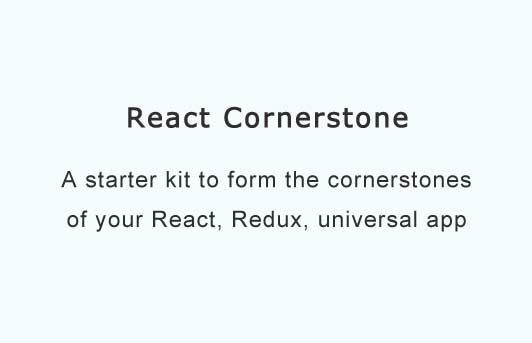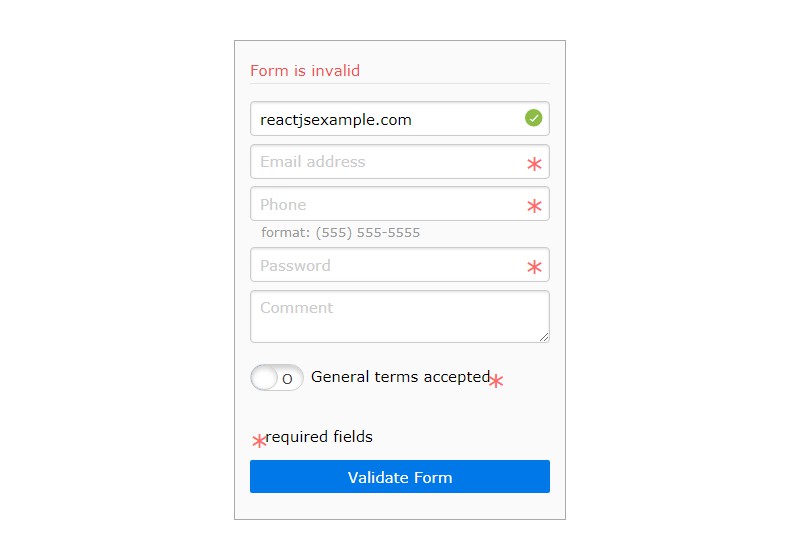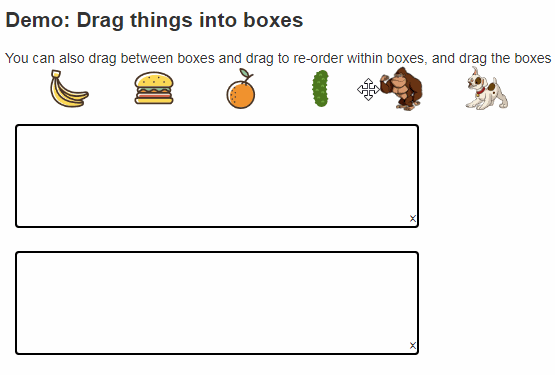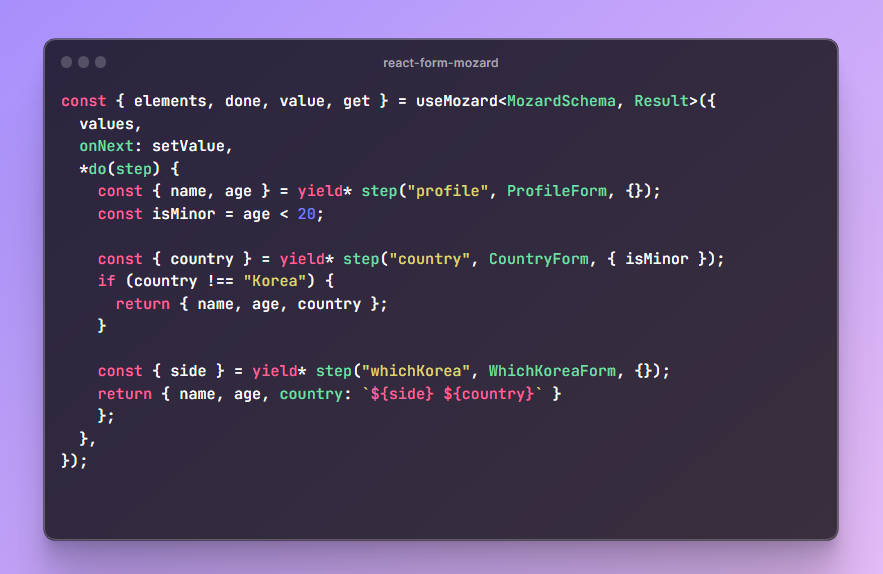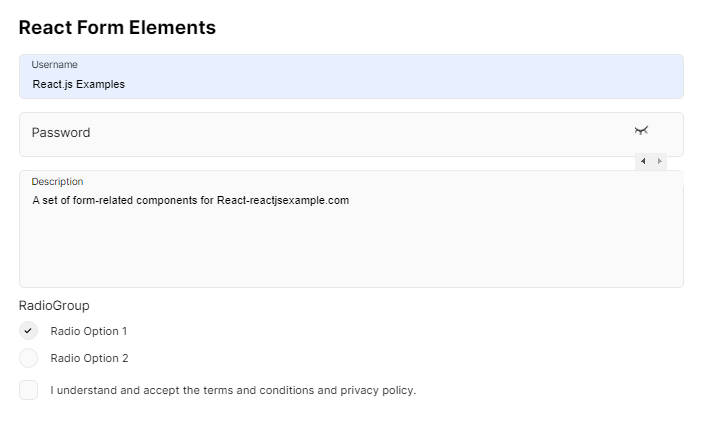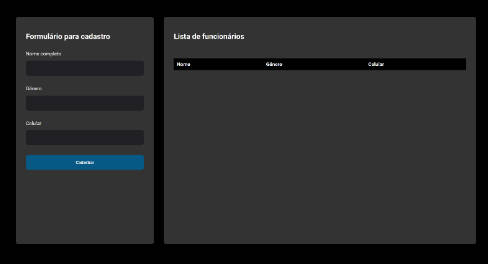React Cornerstone
A starter kit to form the cornerstones of your React, Redux, universal app.
Install
yarn add react-cornerstone
Tech Stack
- React - Component-based UI library
- Redux - State management and data flow
- Redux-First Router - Redux-oriented routing
- Express - Server-side framework
- React Hot Loader - Hot module replacement that works with react+redux
Usage
Client
In your client entry point, call the render function from react-cornerstone passing in a
function to configureStore, a function to createRoutes, a DOM element designating the
mount point of the app, and any helpers to be made available to the redux-connect asyncConnect
decorator. The created store will be returned if you need to use it further in your
client setup (for example, you may want your incoming web socket events to dispatch actions).
import {render} from 'react-cornerstone';
const {store} = render(configureStore, createRoutesConfig, Component, document.getElementById('app'), helpers)
configureStore and createRoutesConfig are expected to be
universal functions returning
both the redux store and the routes config, respectively. More information on these can be found
under the common section below.
The Component is the main bootstrap/app component rendered which will need to, amongst other
app-specific things, render the correct component when a new location is reduced.
Hot Module Replacement
render also returns a function called reload which can be used to swap out the top level Component passed to it when the file has changed. See the react-hot-loader docs for more information on how to set this up correctly.
import Component from './path/to/Component';
const {reload} = render(configureStore, createRoutesConfig, Component, document.getElementById('app'))
if (module.hot) module.hot.accept('./path/to/Component', reload);
Server
In your server entry point, call the configureMiddleware function from react-cornerstone passing in the
same configureStore and createRoutes functions as used in the client configuration, a template
function for displaying the HTML including the mount point DOM element, and, optionally an object
with the following configuration functions:
-
getInitialState(req)- Receives the Express request object and should return the initial
state to be passed to theconfigureStorefunction. Useful if you need to, for example, add the
authenticated user to the initial state. -
getHelpers(req)- Also receives the Express request object and should return an object containing
any helpers to be made available to the redux-connectasyncConnect
decorator.
The server-side configureMiddleware function will return an Express middleware that uses react-route's match
function to work out the active <Route/> and, with the corresponding components, redux-connect's
loadOnServer is used to load any asynchronous data to initiate the redux store with.
import {configureMiddleware} from 'react-cornerstone';
const middleware = configureMiddleware(configureStore, createRoutesConfig, Component, template, {getInitialState, getHelpers})
The template function will be passed the output of react-dom/server's renderToString
as the first parameter and the initial state as second. It is expected to at least return
the page HTML including the mount point and the initial state javascript in a variable called
window.__INITIAL_STATE__ along with the client-side code bundle. For example:
function template(componentHtml, initialState) {
return `
<!doctype html>
<html>
<body>
<div id="mount">${componentHtml}</div>
<script>
window.__INITIAL_STATE__ = ${JSON.stringify(initialState)};
</script>
<script src="/client.js"></script>
</body>
</html>
`
}
Common
configureStore(forClient, {map, ...options}, history, initialState = {})
forClient- a boolean to distinguish between client and server contexts. Obviously on the
client-side this will betrueand on the server,false.{map, [...options]}- the route config to be passed toredux-first-router. Themap
will be the routes supplied toconnectRoutesand any further properties will be passed along as
theoptionsparameter (seeconnectRoutesdocumentation).history- the history strategy used by react-router. On the client-side this will be
browserHistoryand on the server,memoryHistory.initialState- the initial state to seed the redux store with. On the client-side this will
be the contents ofwindow.__INITIAL_STATE__and on the server, either an empty object or the
result of callinggetInitialStateif passed to the server-sideconfigureMiddlewarefunction.
It is expected to return the store created by a call to redux's createStore.
An opinionated implementation can be created by using the configureStoreCreator(reducers, [middleware])
function from react-cornerstone. Simply pass in your reducers and, optionally, an array of
middleware:
import {configureStoreCreator} from 'react-cornerstone';
const configureStore = configureStoreCreator(reducers);
The configured store will include a reducer and middleware from react-router-redux to keep
react-router and redux in sync, along with a reducer from redux-connect to track asynchronous
data loading. Dev Tools Extension
support will also be included if forClient is true.
Note: if a custom middleware stack is not provided via the optional middleware parameter,
redux-thunk is included by default to handle
asynchronous actions.
createRoutes(store)
store- the redux store. On both the client and server, this will be the store created by
callingconfigureStoreas defined above. This can be useful if you need to check some store
property and react to it in a route'sonEnterevent handler.
The return value should be the <Route/> configuration to be utilised by react-router.
